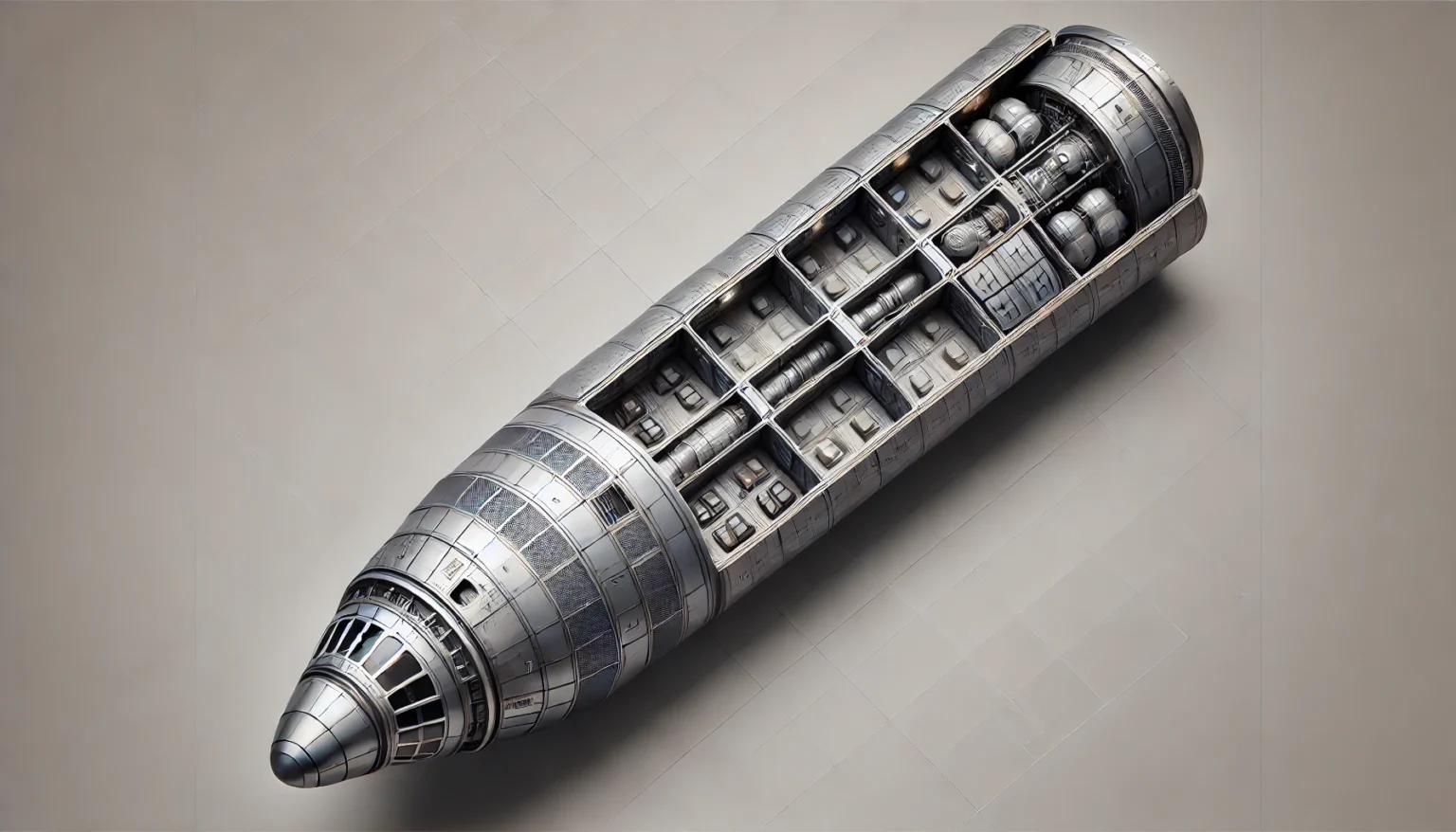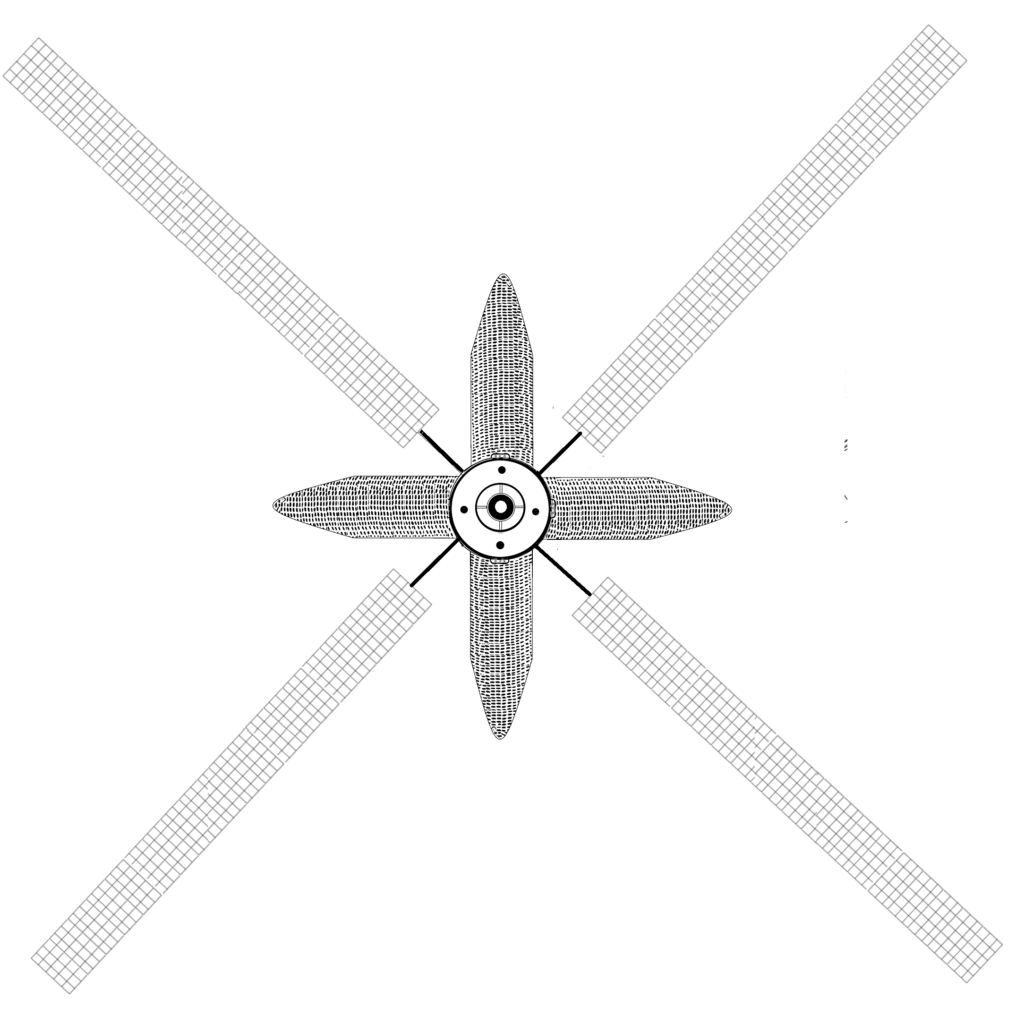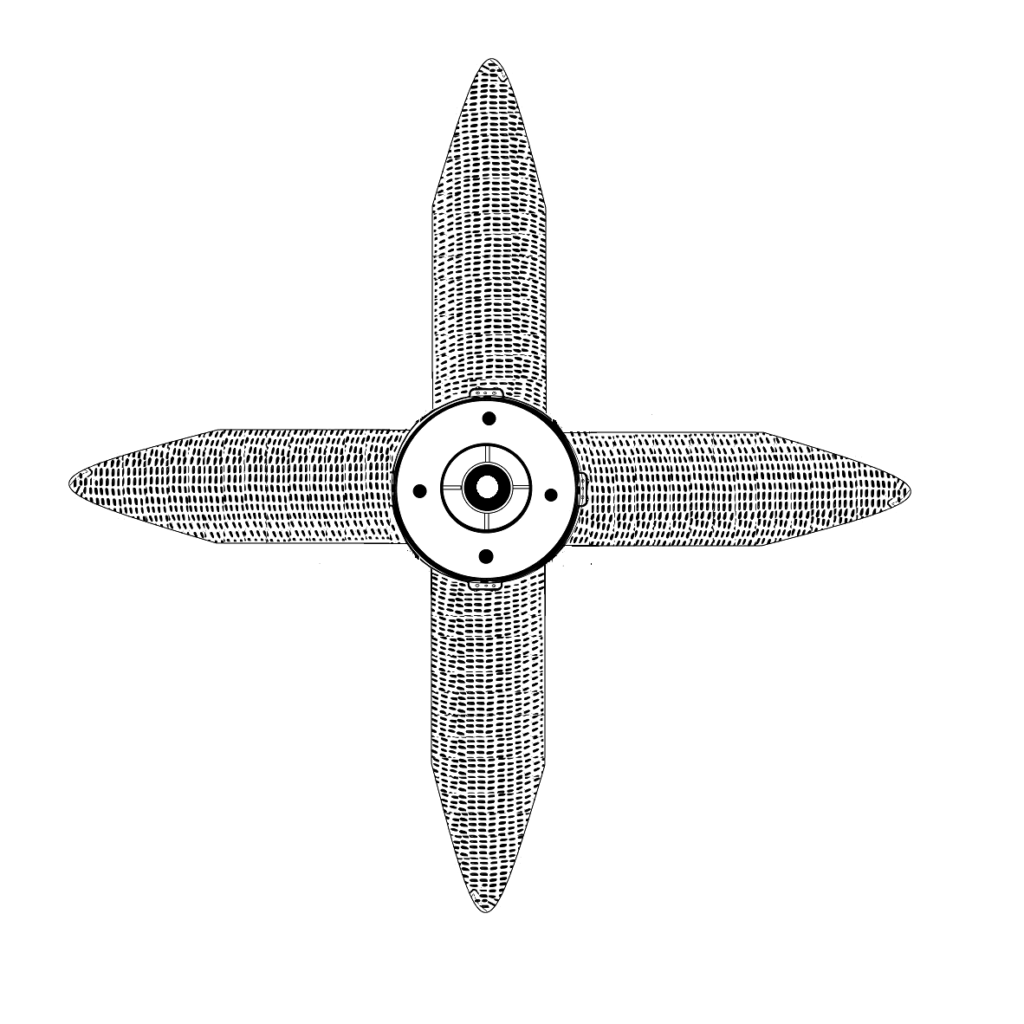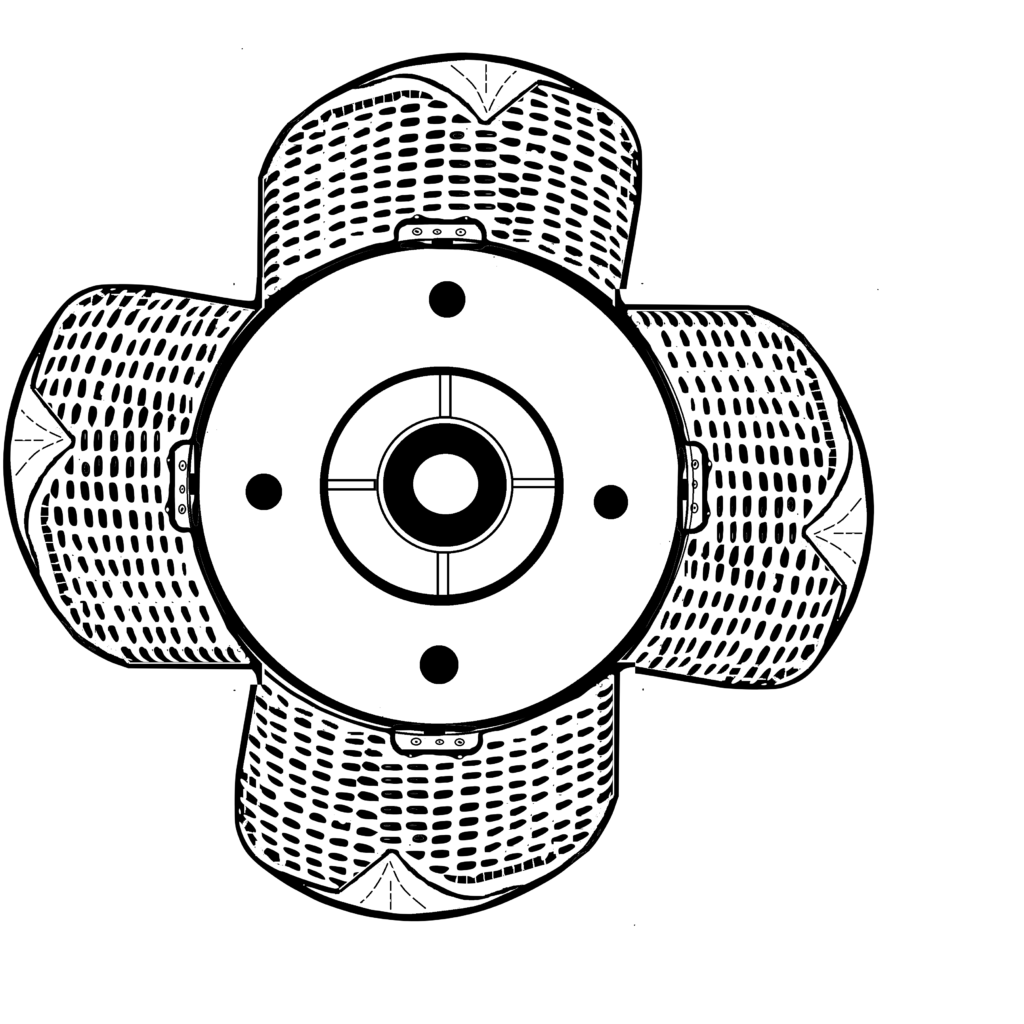Arya Launch Vehicle
Dual-Purpose Spacecraft: Rocket Stage and Orbital Station
Introducing a groundbreaking spacecraft designed (PATENT PENDING) to revolutionize space exploration by serving dual purposes: As the third stage of a rocket for launch and as a fully operational space station in orbit This innovative system maximizes efficiency, reduces waste, and simplifies the transition from launch to orbit
Space Station in a launch(Patent Pending 2025)
Key Features
The spacecraft consists of three primary zones, each engineered for specific functions:
1. Propulsion Zone
- Located at one end, this section contains the rocket engine and critical support structures for propulsion during launch.
2. Central Compartmentalized Tank Zone
- Dual Functionality: During launch, it stores liquid fuel (e.g., propane) and oxidizer (e.g., liquid oxygen).
- Orbital Conversion: Once in orbit, the tanks are purged, pressurized, and transformed into living quarters or storage spaces, ensuring efficient utilization.
3. Payload Bay Zone
- Equipped with:
- Solar panels for sustainable energy generation
- Batteries and life support systems for continuous operations
- Communication modules for Earth and inter-station connectivity
- Docking mechanisms for spacecraft attachments and expansions

Seamless Transition from Rocket Stage to Space Station
The spacecraft’s design enables a smooth and efficient transition process:
- Propulsion System Detachment: Using explosive bolts and electromechanical latches, the engine is safely jettisoned after its role is complete.
- Residual Propellant Venting: Remaining propellants are vented into space for safety.
- Tank Purging and Pressurization: Tanks are purged with inert nitrogen and pressurized to create a habitable or storage environment.
- System Activation: Life support systems, solar panels, and communication modules are activated for immediate operational readiness.

Why Choose This System?
- Efficient Space Utilization: Dual-purpose functionality reduces the need for separate vehicles, saving time and resources.
- Pre-Configured for Orbit: Designed for immediate use in space without additional modifications.
- Sustainability in Space: Reduces debris and ensures optimal use of all spacecraft components.





